Sponsored by Knit Picks. Post contains affiliate links.
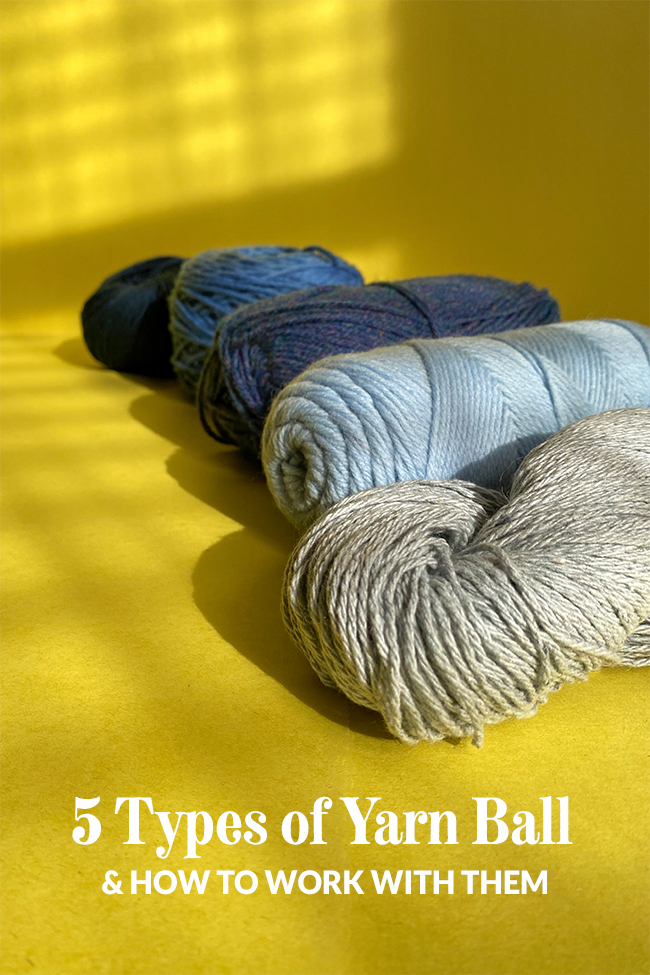
In your knitting, crochet, latch hook, or macramé life, you come across yarn in many forms. The most common and iconic of which is of course the classic yarn ball. As a maker, though, you notice things. At the craft store, in grandma’s attic, a friend’s boozy craft night – you might have noticed a few common types of yarn ball that aren’t exactly… well balls.
In this beginner-friendly (and family friendly save for the inevitable puns 
What’s a “put up” in yarn?
In real life practice, many people are going to call a unit of yarn a ball of yarn. Whether it’s a spherical ball or twisted hank is irrelevant to most. Technically speaking, the average maker is actually talking about put up when they’re talking about types of yarn balls.
Put up: In basic terms, put up refers to the way yarn is contained for storage and/or sale, often involving being wound in to a ball, hank or skein. For teaching purposes, I find it useful to let folks know what put up is, but I personally use “yarn ball” almost all of the time to keep it simple.
5 Common Yarn Ball Types
0. Yarn Balls
First thing’s first, a good old vanilla yarn ball is not one of the five types we’re covering. I feel confident you know what this is. :)
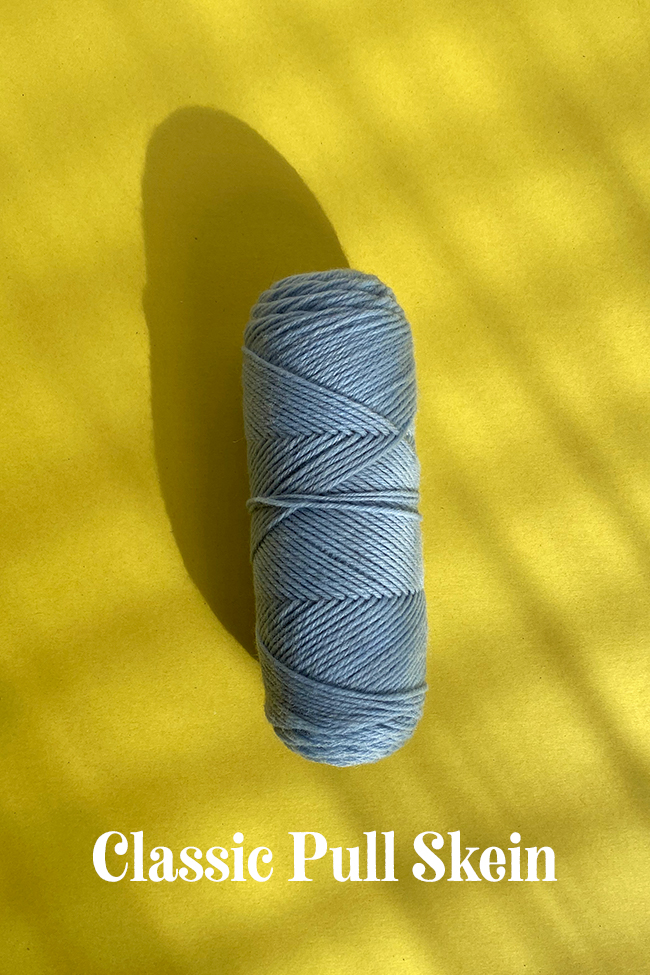
1. Classic Pull Skein
Colloquially, these are often what your average crafter would call a “skein,” pronounced SKAYn. You can work from either the center or outside of this type of yarn ball, though many makers prefer to use a center pull approach whenever it’s available. Sometimes makers don’t like to use machine wound skeins because of the risk of something called yarn barf.
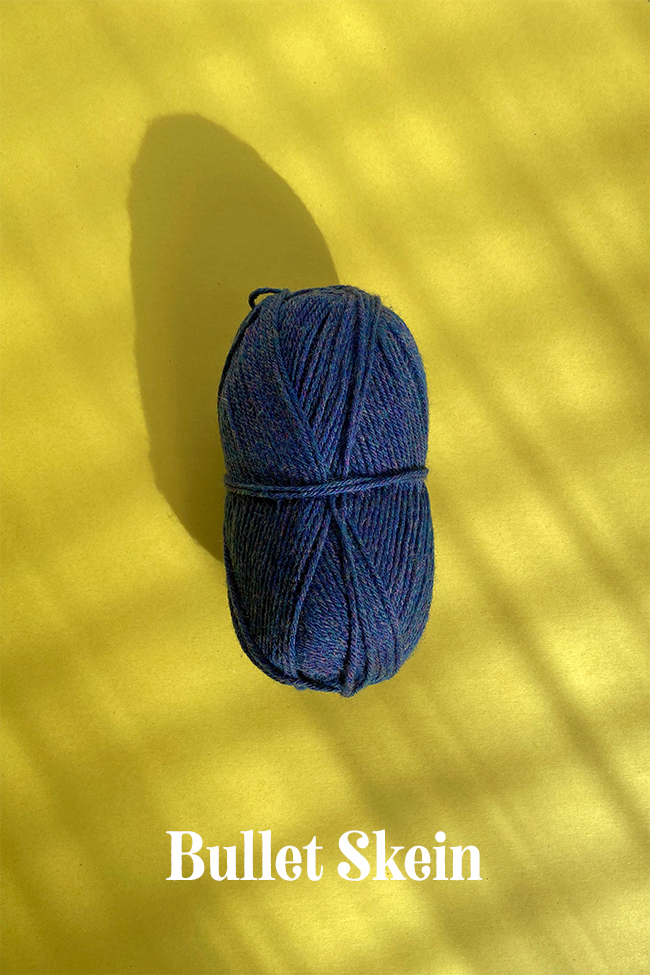
2. Bullet Skein
For years, bullet skeins are something I thought of simply as rounder versions of classic, log-shaped pull skeins. Turns out, that’s kinda true. You can work from either the center or outside these just like a classic pull skein, but the shape is a little more like a football. The big advantage of bullet skeins is that they tend to collapse less messily than their classic counterpart when you near the end.
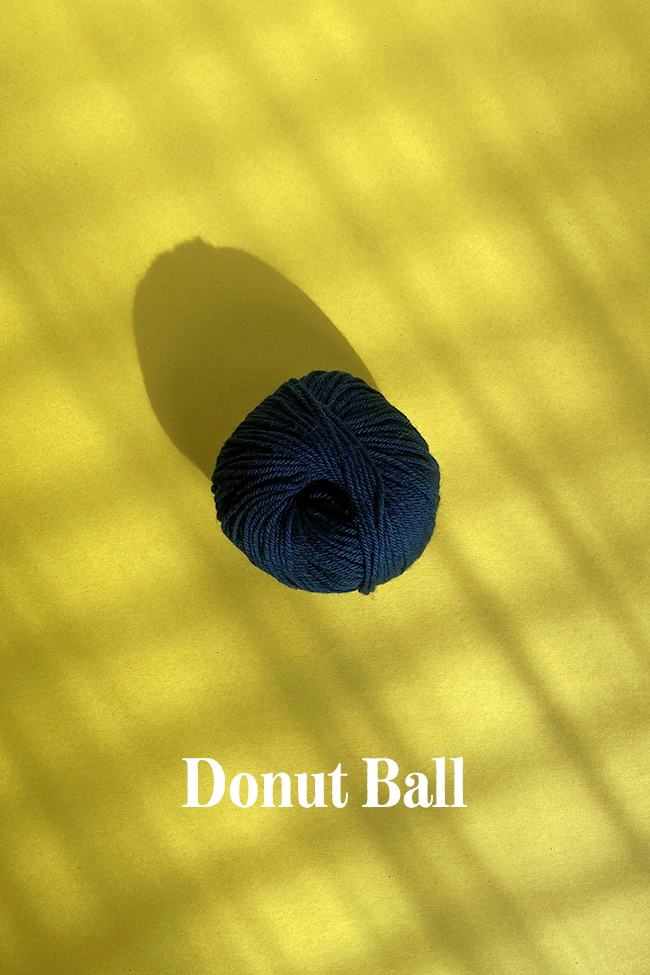
3. Donut Ball
Donut balls (a term I first encountered in this article) are a type of yarn ball you’re more likely to find at a local yarn shop than a big box store. They’re often used for smaller balls of yarn with finer fibers like silk or cashmere blends. (Often luxury fibers like these come in smaller amounts because their price point can be high and makers often use them judiciously.)
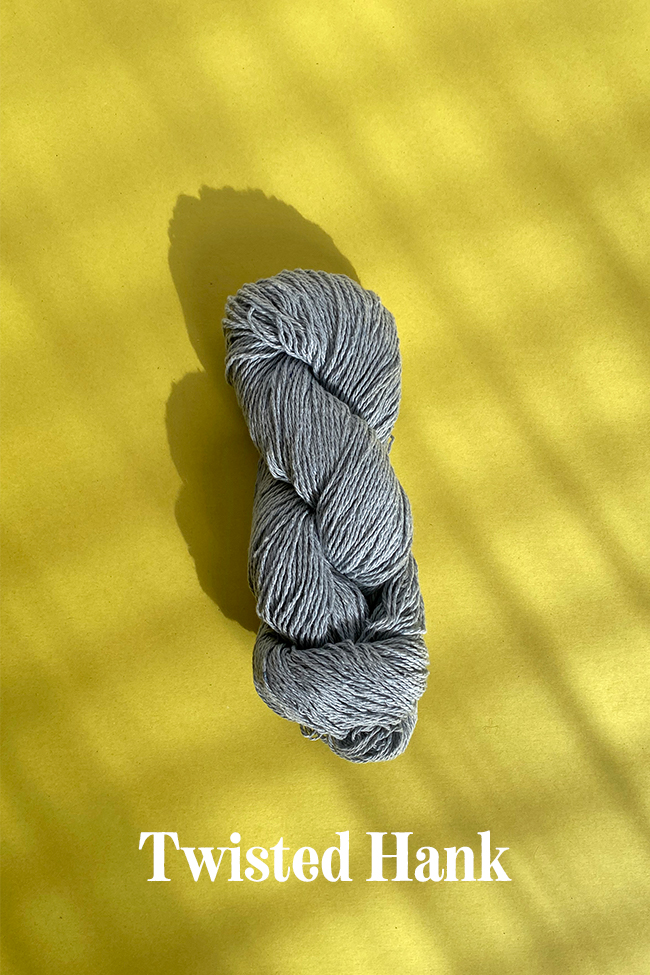
4. Twisted Hank
The first time I got to use a twisted hank, I shopped the clearance section at a local yarn shop, and I almost didn’t buy it because I thought I’d have to enlist the help of a pair additional hands to hand wind it into a ball.
Yarn hanks are common at local yarn shops, and can come in thickly tied bundles or noodle-looking twisted varieties. Before knitting or crocheting with these, you’ll need to wind them into a more useable ball. Yes, you can untie a hank, drape it over a chair back, and work your shoulders tired winding into a spherical ball. More commonly, makers use two special tools called a swift and a yarn ball ball winder to… make a cake! Which brings us to number 5.
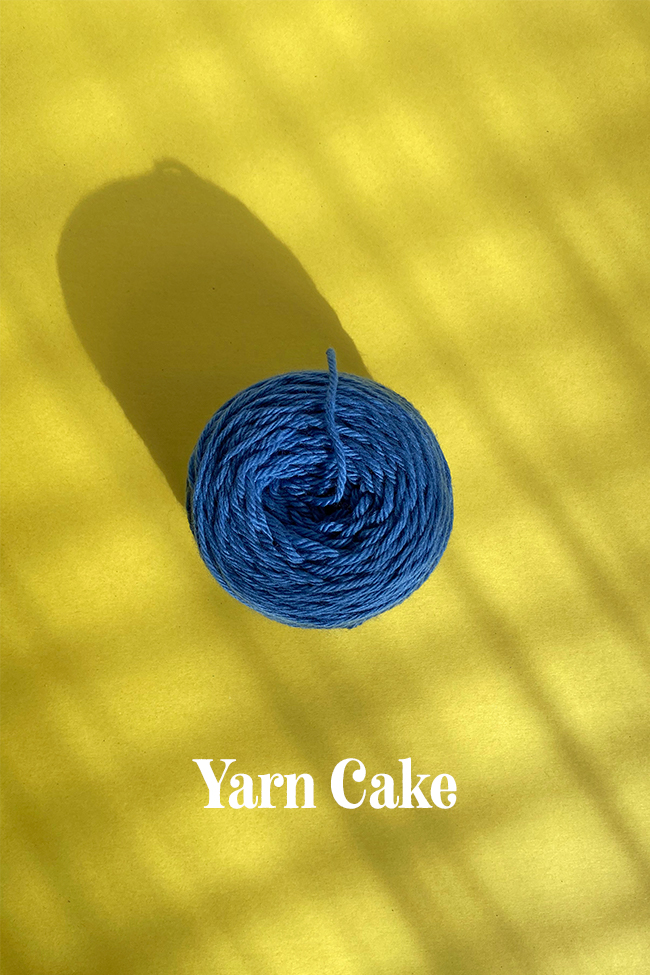
5. Yarn Cake
In short, yarn cakes are the name for the hay bale-looking yarn balls you often see fancy knitters who exclusively shop at local yarn shops and self-identify as yarn snobs use. (The phrase yarn snob is used lovingly here. 
Cakes are created using a yarn ball winder and a swift helps keep your yarn from tangling as you wind it. You can cake everything from thrift store yarn to your old project leftovers to keep them organized. For instance, I’ll often use my yarn winder to cake my yarn skeins as I near the end to avoid the dreaded collapse-induced tangle.
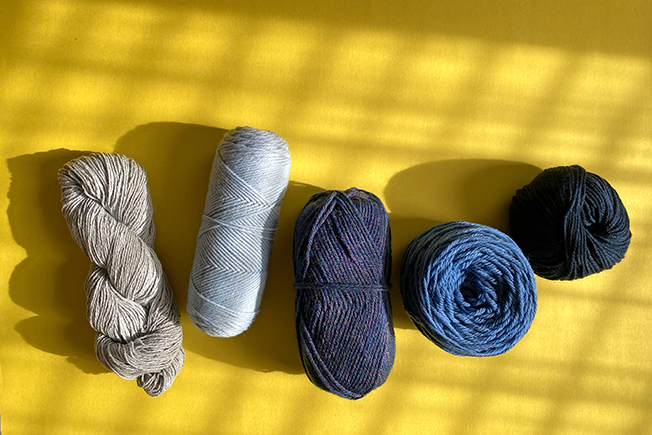
Shout out Interweave and Vickie Howell for both also having great blog posts worth checking out on this subject!
Sponsored by Knit Picks. Post contains affiliate links.
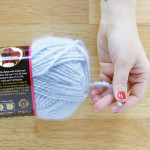

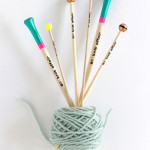



 & shop new patterns
& shop new patterns 





Leave a Reply